Echoes of the Past: The Last Footstep of a Roman Bridge in Serbia
Close to 2,000 years have passed over these lands, and much has changed during this time. Technology has made everything more accessible and easy to use. Time flies faster because of that… Or at least that’s how I see it. Back in the days when we didn’t have as much tech, we could experience time in a more meaningful way.
Here and there, in my part of the world, history has left behind remnants like this one in the post—a remaining foot of a long Roman bridge over the Danube. It was built by the Romans to help them reach Dacia (what’s now Romania).
This thing should be framed and protected from weather deterioration, and if it were in another country, that would probably be the case. But here in Serbia, where I was yesterday afternoon, it’s just out in the open. Everybody can see it and walk right by it since there’s a sidewalk around it.
Kostol, Serbia, is a small village where this relic can be visited. We have a pretty similar, but much bigger, one here in Romania, along with many other remains of the Roman Empire. The rest has been swallowed by the waters of the Danube and will never see the light of day again.
There’s nothing particularly special about this thing, but it does make you wonder—how many of today’s buildings will still be standing 2,000 years from now? I have a feeling that whatever we’re building today is far less resilient than what our ancestors put together.
Anyway, I tried to shoot it from different angles so you guys can get a clear view of the Bridge’s Foot. I’ll let the pics speak for themselves.

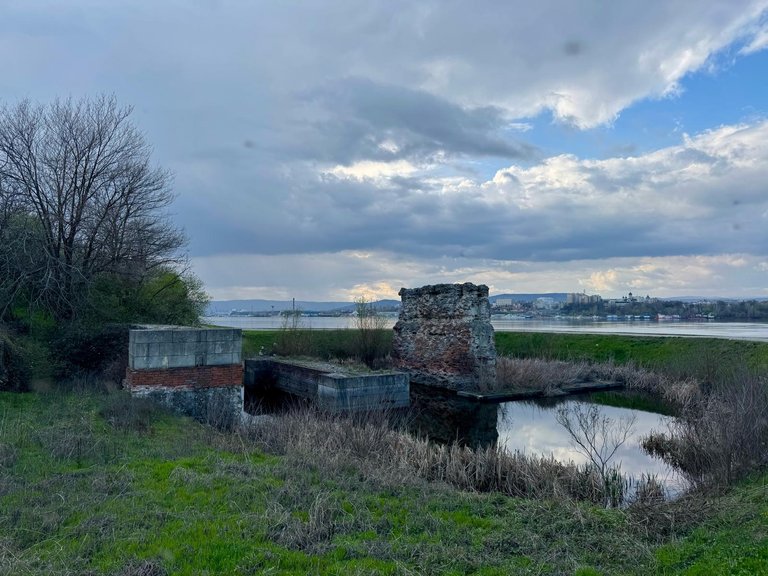
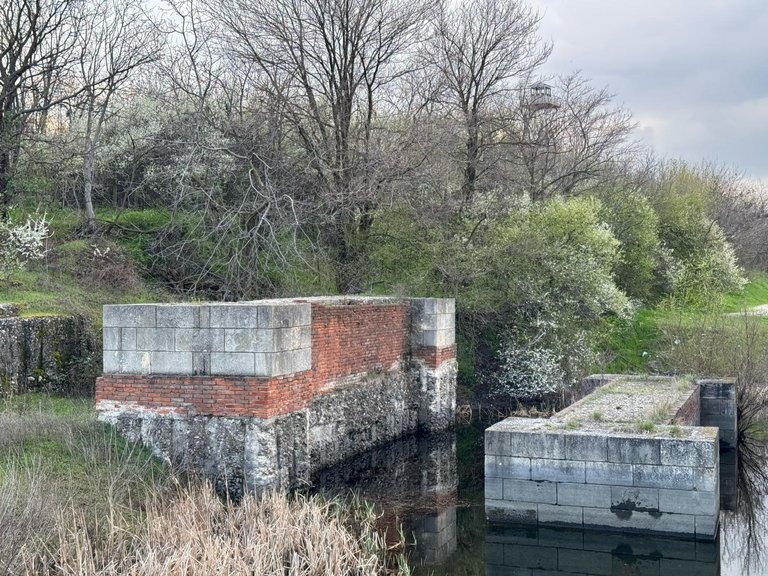
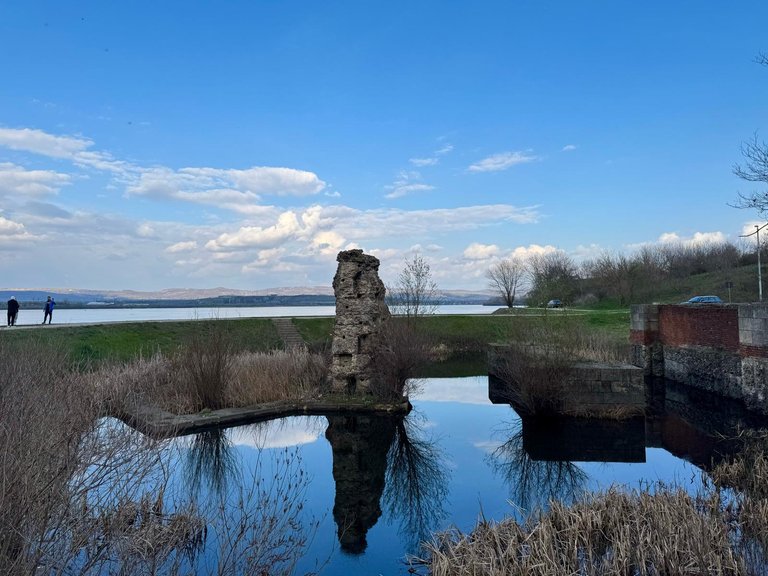
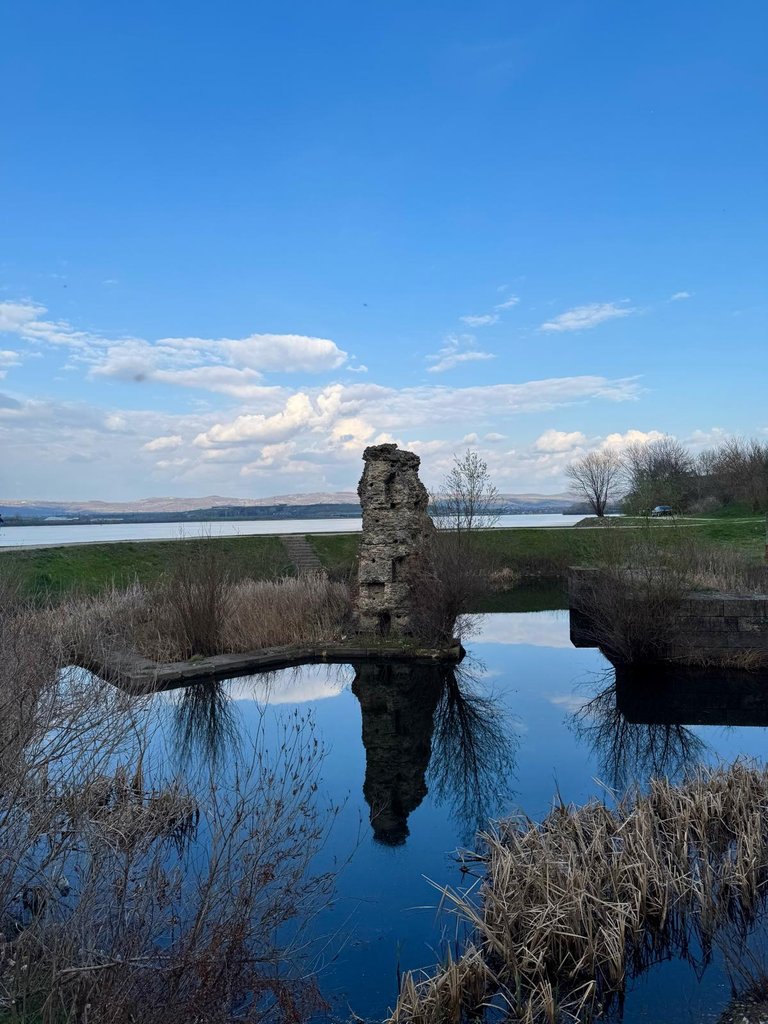
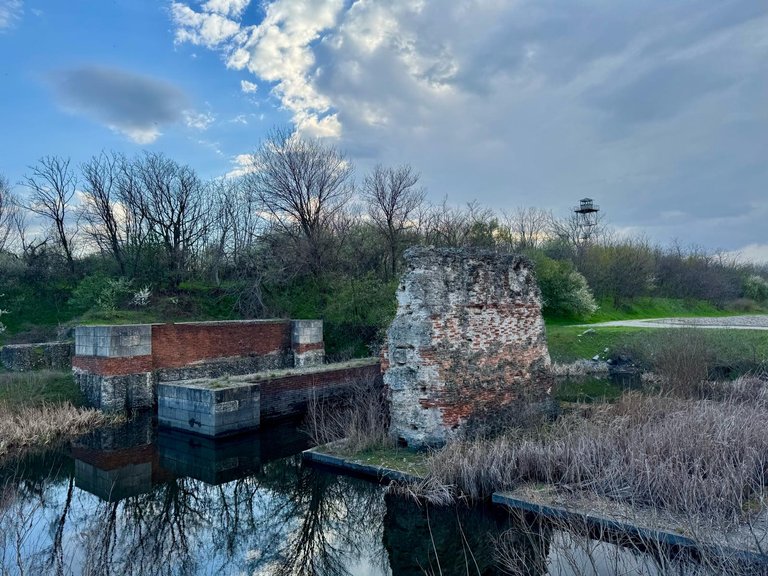
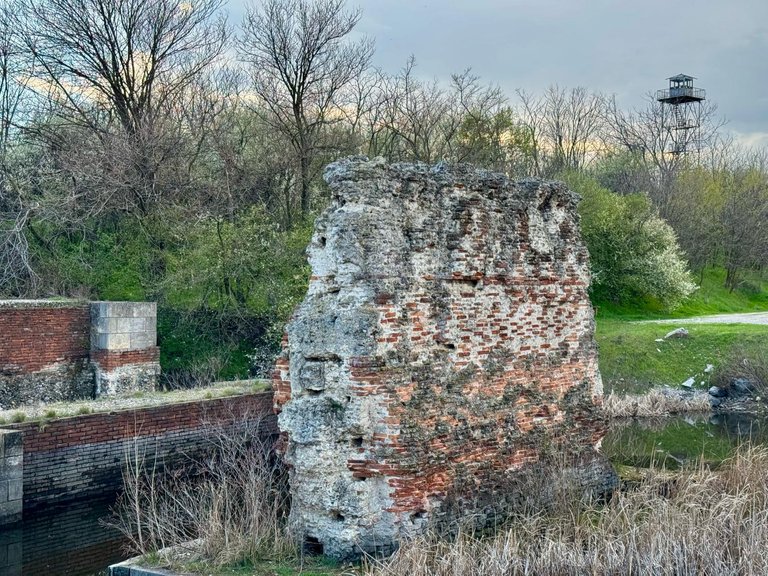
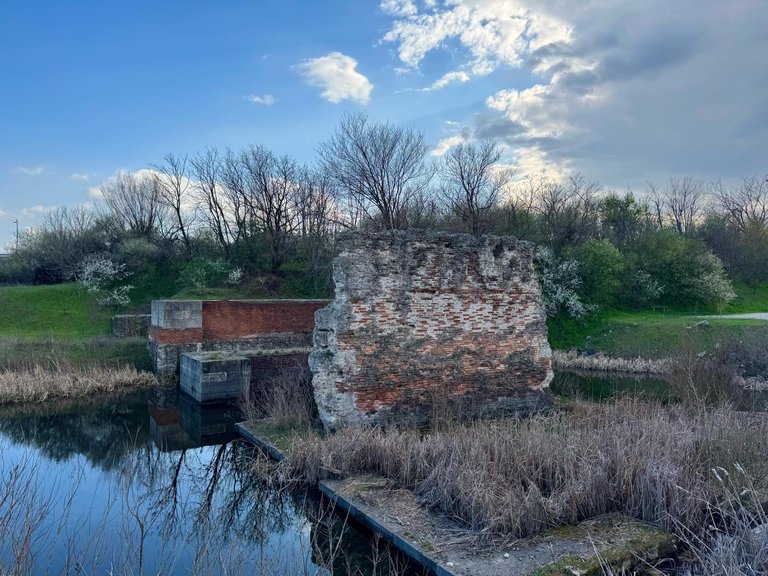
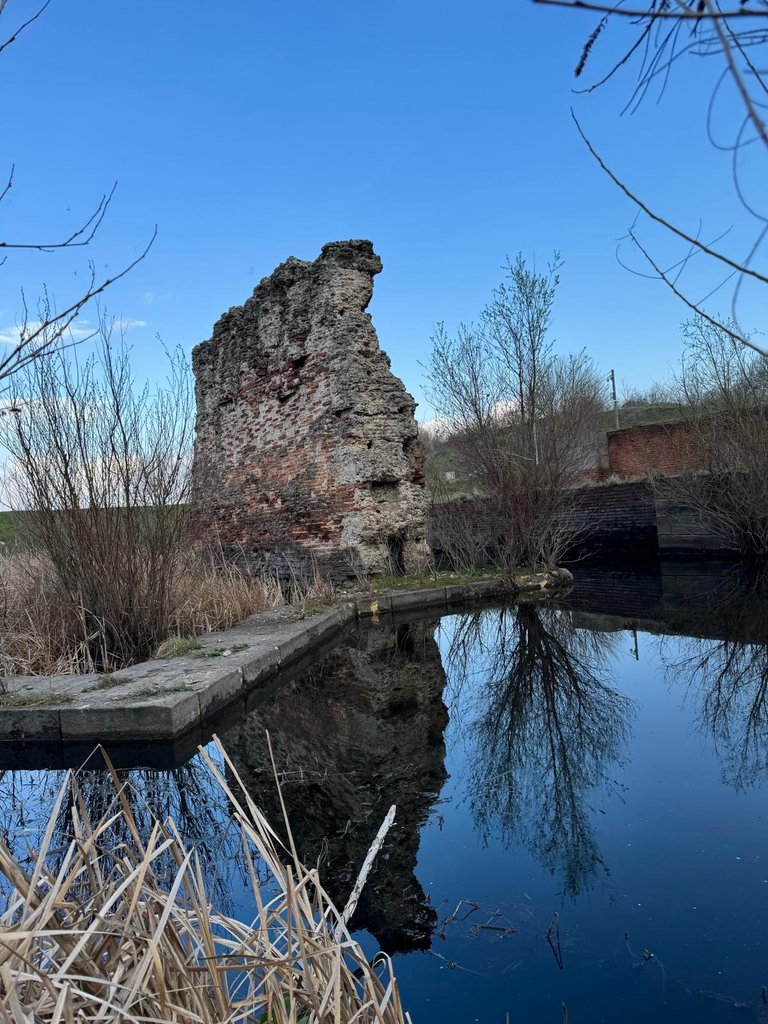
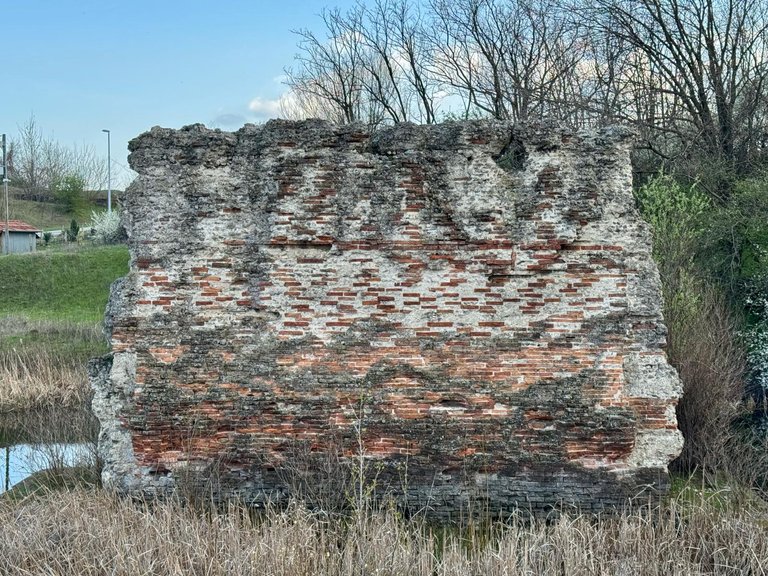
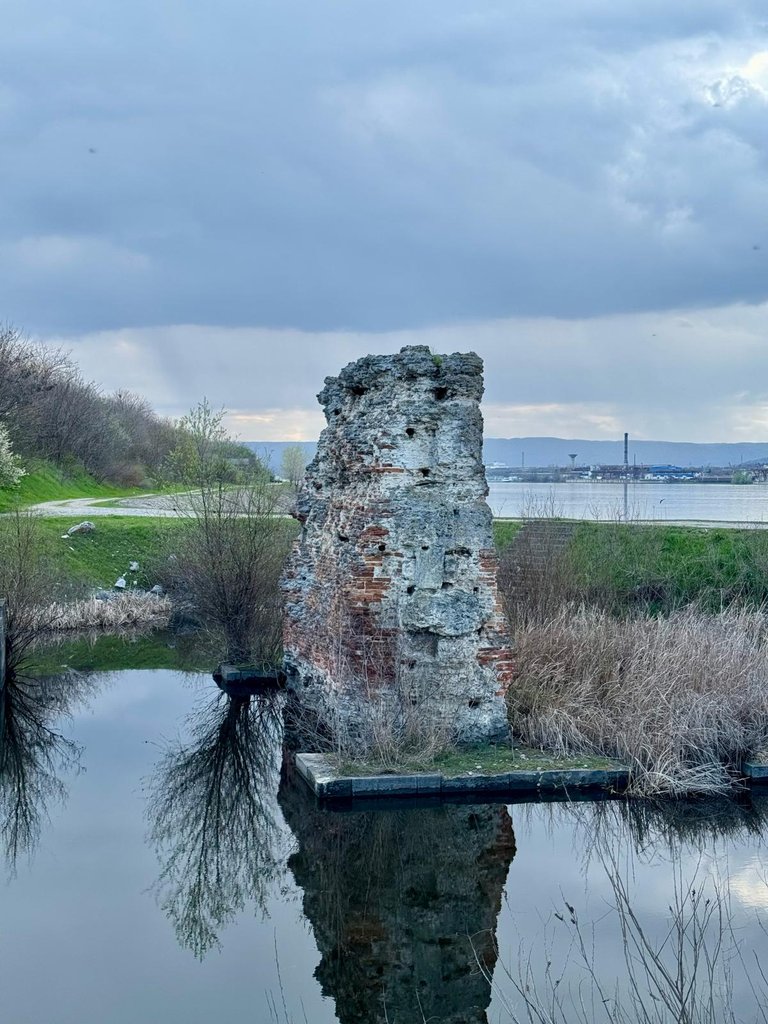
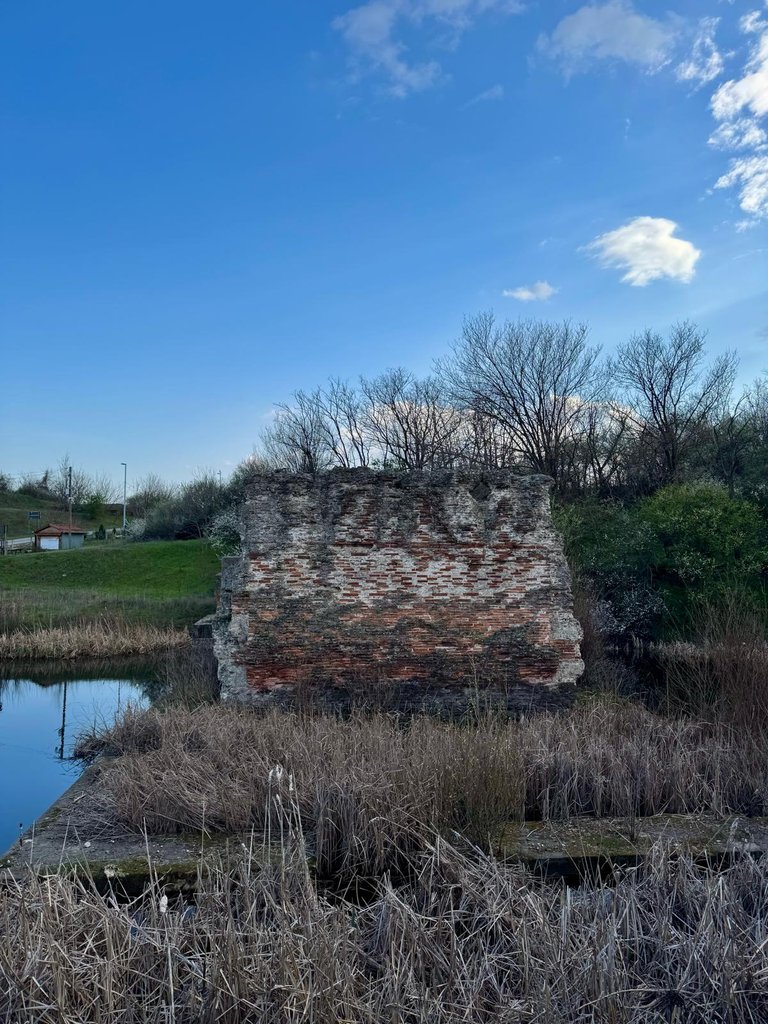
Thanks for your attention,
Adrian
You can check out this post and your own profile on the map. Be part of the Worldmappin Community and join our Discord Channel to get in touch with other travelers, ask questions or just be updated on our latest features.
It's incredible how this ancient Roman bridge foot has survived nearly 2,000 years, while modern buildings may not last even half as long. It's unfortunate that it's not better preserved, but its accessibility makes history feel more tangible. Seeing it up close must be a humbling reminder of the past’s enduring craftsmanship.
You photographed it from various angles and managed to get some beautiful and detailed images.
The foot of this bridge holds a lot of history and of course, beautiful photos my friend
thanks...
Beautiful photos !
That bridge footing will probably still be standing long after most of our buildings have returned to dust. With Portland Cement we mastered concrete that could set underwater, as the Romans did well over 2100 years ago. But unlike our concrete, the Roman version is able to self-heal microfractures and small cracks due to the way the lime content was added. Especially useful in areas with earthquake activity !
I didn’t know that. I guess they call it the consumer era for a reason…
https://www.reddit.com/r/serbia/comments/1jofjxy/echoes_of_the_past_the_last_footstep_of_a_roman/
The rewards earned on this comment will go directly to the people( @tsnaks ) sharing the post on Reddit as long as they are registered with @poshtoken. Sign up at https://hiveposh.com. Otherwise, rewards go to the author of the blog post.